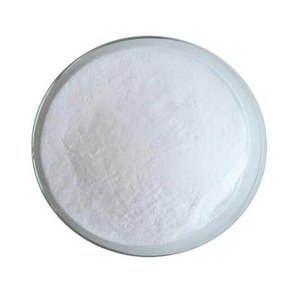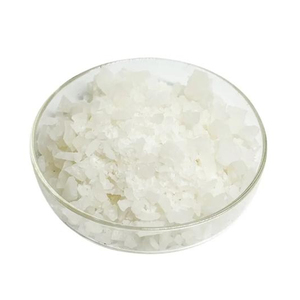Introduction to Silane Crosslinking Agents
Silane crosslinking agents are essential chemical compounds that enhance the performance and durability of various materials, particularly in the polymer industry. These agents facilitate the crosslinking process in polymer chains, resulting in improved thermal stability, chemical resistance, and overall mechanical strength. Utilized in a range of applications, silane crosslinking agents are pivotal in manufacturing high-quality materials for an array of sectors including construction, automotive, and electrical. Understanding their properties, types, and applications is key to leveraging their benefits in manufacturing processes.
Types of Silane Crosslinking Agents
There are several types of silane crosslinking agents, each tailored for specific applications. Here are the most prominent categories:
- Amino Silanes: Known for their excellent adhesion properties, amino silanes are widely used to improve bonding between organic and inorganic materials.
- Vinyl Silanes: These agents facilitate the crosslinking process through vinyl-terminated silanes, which are commonly used in producing silicone rubbers and elastomers.
- Mercaptopropyl Silanes: Ideal for applications requiring superior moisture resistance and flexibility, mercaptopropyl silanes are often used in adhesives and sealants.
- Epoxy Silanes: Combining the properties of epoxy and silane, these agents are great for enhancing chemical resistance in coatings and adhesives.
Applications of Silane Crosslinking Agents
The utility of silane crosslinking agents spans numerous industries, showcasing their versatility. Here are a few predominant applications:
- Construction Materials: Silane crosslinking agents are crucial in the production of waterproofing membranes and sealants, ensuring long-lasting protection against moisture.
- Wires and Cables: Used in the insulation of electrical wires, these agents enhance thermal stability, making cables safer and more durable in harsh conditions.
- Automotive Components: In the automotive industry, silane agents improve the resilience of various components, contributing to the vehicle's overall longevity and safety.
- Adhesives and Sealants: These agents enhance the bonding strength and durability of adhesives, making them suitable for critical applications in various sectors.
Benefits and Features of Silane Crosslinking Agents
Silane crosslinking agents offer multiple advantages that make them a preferred choice in material formulations:
- Enhanced Mechanical Properties: The crosslinking process improves elasticity, tensile strength, and overall resilience of the material.
- Thermal Stability: Silane agents increase heat resistance, allowing materials to perform better under extreme temperatures.
- Moisture Resistance: The superior hydrophobic properties of silane crosslinking agents protect materials from water infiltration, extending their service life.
- Improved Adhesion: These agents promote better bonding between disparate materials, leading to more robust finished products.
- Versatile Formulations: Silane agents can be tailored and modified to achieve specific material characteristics, making them highly versatile.















































